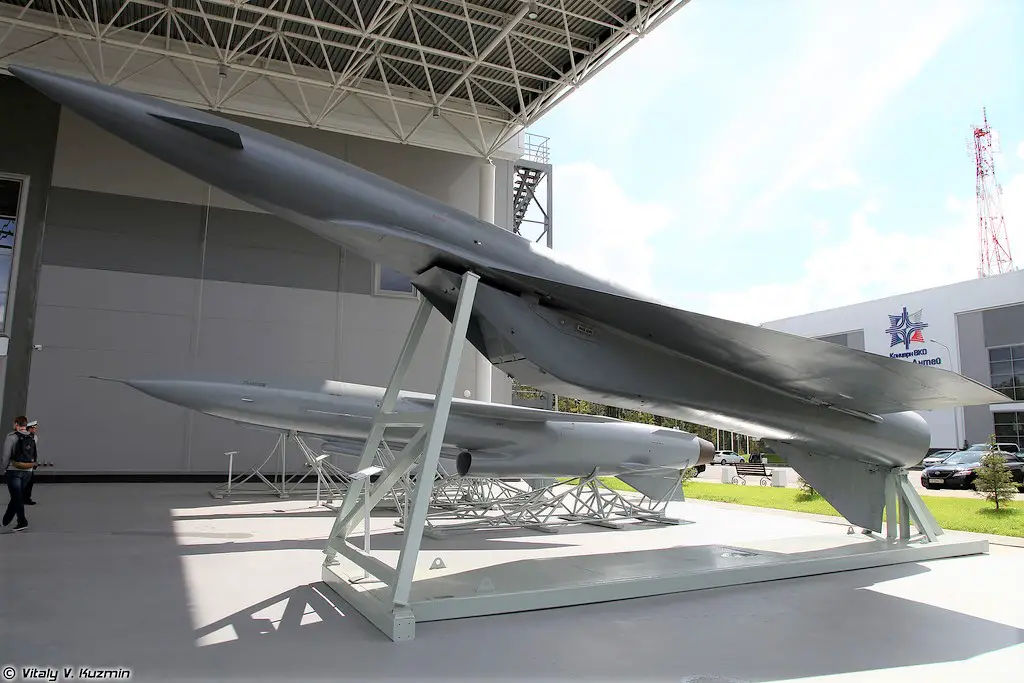The analysis of various-scope modern armed conflicts, strategic command-staff exercises and research results convincingly shows a trend of increased engagement of precision weapons and their massive use in a war. Experts believe cruise missiles should be fought at the strategic level and offer a model to fight them by a strategic group of troops engaged in an air operation in the theater of warfare, Retired Colonel PhD Military Sciences N. Simanenkov and Lieutenant-Colonel A. Burukhin write in the Military Thought theoretical journal.
Follow Army Recognition on Google News at this link

Russian 3M25 Meteorit cruise missile (Picture source: Vitaly Kuzmin)
Cruise missiles of various deployment and designation determine the character of the armed struggle in modern conditions, which is based on massive strikes with air and seaborne cruise missiles and ground-based missiles in future with a range of over 2000 km.
The number of U.S. carriers of sea and airborne cruise missiles, as well as the growing number of seaborne missile launchers on submarines and warships and growing stocks of cruise missiles allow the adversary to achieve operational and strategic aims of a war by engaging the air weapons.
The U.S. withdrawal from the Intermediate-range Nuclear Force (INF) Treaty and continued deployment of Mk.41 launchers in NATO countries that border on Russia provide for an increase in ground-based cruise missiles, which can reach a bigger number of Russian targets. It means the potential adversary is capable of delivering simultaneous massive cruise missile strikes from various directions to the whole depth of Russia by a single concept and plan and under a single strategic command. It exposes problems in the fight against cruise missiles, which are limited capabilities to expose preparations for the engagement of cruise missiles; insufficient reconnaissance to timely detect and identify the carriers and cruise missiles in flight; the absence of tested methods to fight cruise missiles at the operational and strategic levels; low effectiveness of destroying cruise missiles in flight and in areas of the targets.
The capabilities of strategic groups of troops to fight cruise missiles show that reconnaissance, destruction, command and provision systems can cope with air defense missions in general. However, in conditions of a massive cruise missile strike, the capabilities of the systems cannot be implemented in full and they cannot defend critically important facilities with the required effectiveness.
There are several reasons for that: the absence of a single information space to agree the engagement of various weapons in strategic operations; low operability of the command system to set tasks to the air defense and issue combat commands; insufficient capability of the command system to collect and analyze reconnaissance information to expose the strategic plan of engaging air weapons by the adversary; low information-technical compatibility of existing and prospective automatic means to collect and analyze information and issue warnings on adversary preparations to engage cruise missiles and the character of the engagement.
© Copyright 2020 TASS / Army Recognition Group SPRL . All rights reserved. This material may not be published, broadcast, rewritten or redistributed.














